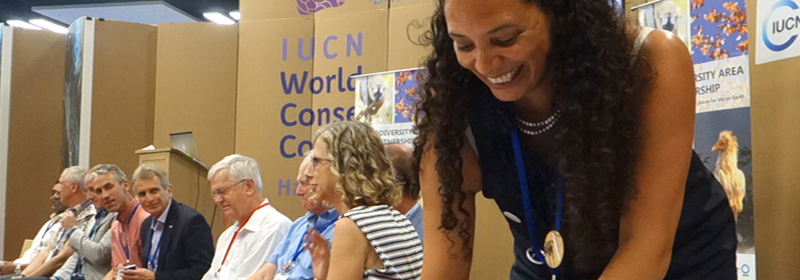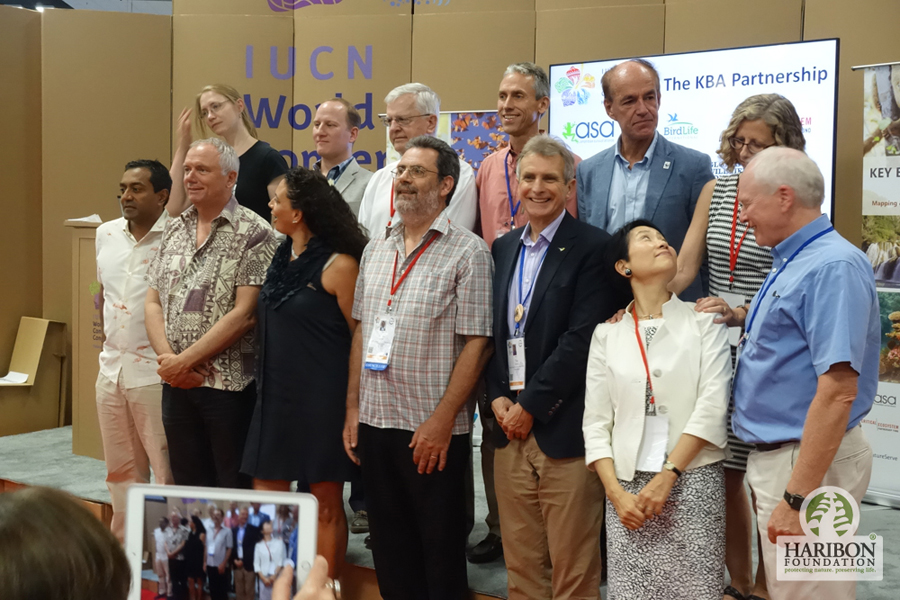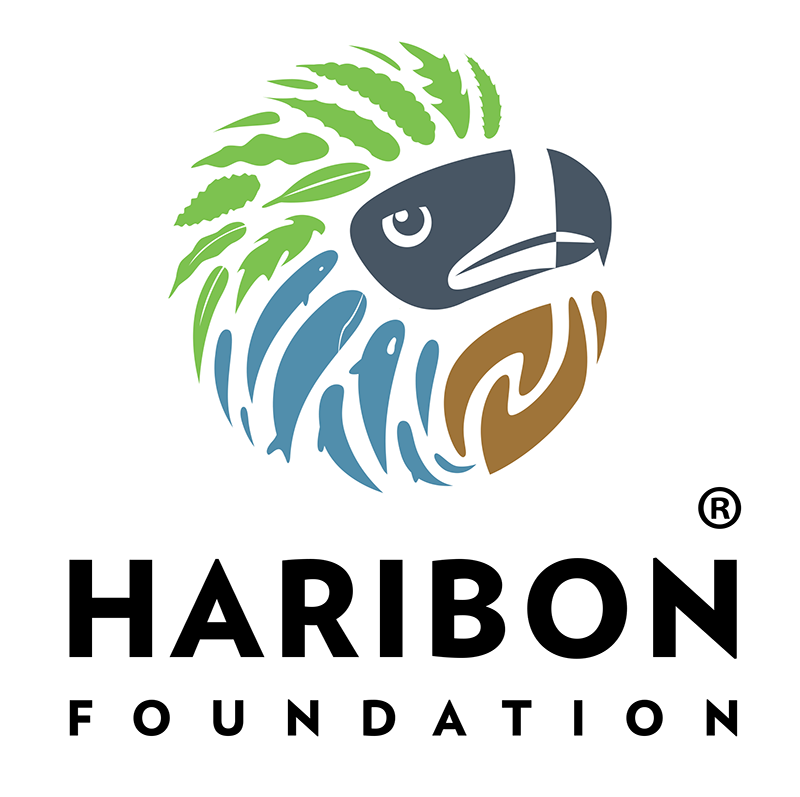Partners celebrate the world’s Key Biodiversity Areas, but the work is not over.
Conservationists met up in the midst of the world’s largest marine protected area to announce the new KBA partnership, but there is still much to do as we move forward.
By Albert Balbutin, Communications Division, Haribon Foundation
The key to saving wildlife is to protect the places they live in. Early September in Hawaii, 11 of the largest conservation organizations came together to create the Key Biodiversity Area or KBA Partnership, less than a month after US President Barack Obama expanded the boundaries of one of the world’s largest marine protected areas.
The world’s leading conservation organizations including the WWF, Conservation International, BirdLife International & the IUCN, the latter two of which the Haribon Foundation is a member, launched a partnership to map, monitor, and conserve the most important places for life on earth: Key Biodiversity Areas.
The KBA partnership commits more than US$15 million over the next five years, with top conservation players working together on globally consistent criteria recognized by international conventions.
The signing took place during the largest gathering of environmental policy-makers since the Paris climate agreement and the Sustainable Development Goals in New York: the IUCN World Congress in Honolulu, Hawaii.
In the Philippines, locally managed areas of protection are defined by KBA criteria. Areas such as the Critical Habitat being facilitated by Haribon on Mt. Mingan in Nueva Ecija and Aurora provinces. There, Haribon and local communities are working to protect Haring Ibon (Pithecophaga jefferyi). Or areas such as the marine KBAs in Surigao del Sur where Haribon researchers and local fishers are working to reverse dwindling fish supplies, including that of the Humphead wrasse (Cheilinus undulatus) or Mameng.
Together, the partners contribute to the conservation of KBAs in more than 150 countries including the Philippines. The announcement comes alongside the downgrading of the Panda’s IUCN Red List classification from “Endangered” to “Vulnerable,” a threatened species very familiar to much of the world.
Despite the good news, the UN Special Rapporteur on the rights of Indigenous Peoples Victoria Tauli-Corpuz revealed during one of the sessions at the congress that conservation work in certain areas have not been helpful for Indigenous Peoples living in or around them.
“The way that conservation has been addressed in the past is really this fortress approach, or this exclusive approach to conservation, which has resulted in the displacement and dispossession of Indigenous Peoples in all the continents,” said Tauli-Corpuz in the session, which took place a day after the KBA partnership signing.
Meanwhile, Craig Hilton-Taylor, Head of the IUCN Red List, warned that the panda’s downgrading doesn’t mean it is completely safe.
“The headlines have been saying ‘the panda’s been removed from the endangered list.’ No, it had been changed from the Endangered category to the Vulnerable category. It is still on the IUCN Red List of Threatened Species. It is still threatened… We need to invest more funding on the panda…”
He added that panda habitats are still threatened, and highly fragmented, making panda conservation still difficult for conservationists. Hilton-Taylor added, “In the next 80 years given the climate change models, the bamboo that the panda survive or depends on, is in danger of being extinct. And so the Panda can go back to where it was, or get even worse.”
As the world conservation movement makes great strides in saving the planet’s rarest and most wonderful species, more work must be done to ensure that the movement is inclusive of all parties both local and global, Indigenous and visitor. Only then may we see a strong movement in protecting our biodiversity, and our own species as well.
Visit the Key Biodiversity Areas database at www.keybiodiversityareas.org.
The KBA Partners are the Amphibian Survival Alliance, BirdLife International, Conservation International, Critical Ecosystem Partnership Fund, Global Environment Facility, Global Wildlife Conservation, International Union for Conservation of Nature (IUCN), NatureServe, RSPB, Wildlife Conservation Society and the World Wildlife Fund.
The Haribon Foundation is a BirdLife & IUCN member.
The IUCN World Congress sessions began on September 1 with the closing ceremonies taking place on September 10. The Congress takes place every four years, with the latest one having took place in Jeju, South Korea.
Map above: Philippine KBAs by protection, adapted from Ambal RGR, et al (2012), via Foundation for the Philippine Environment.




